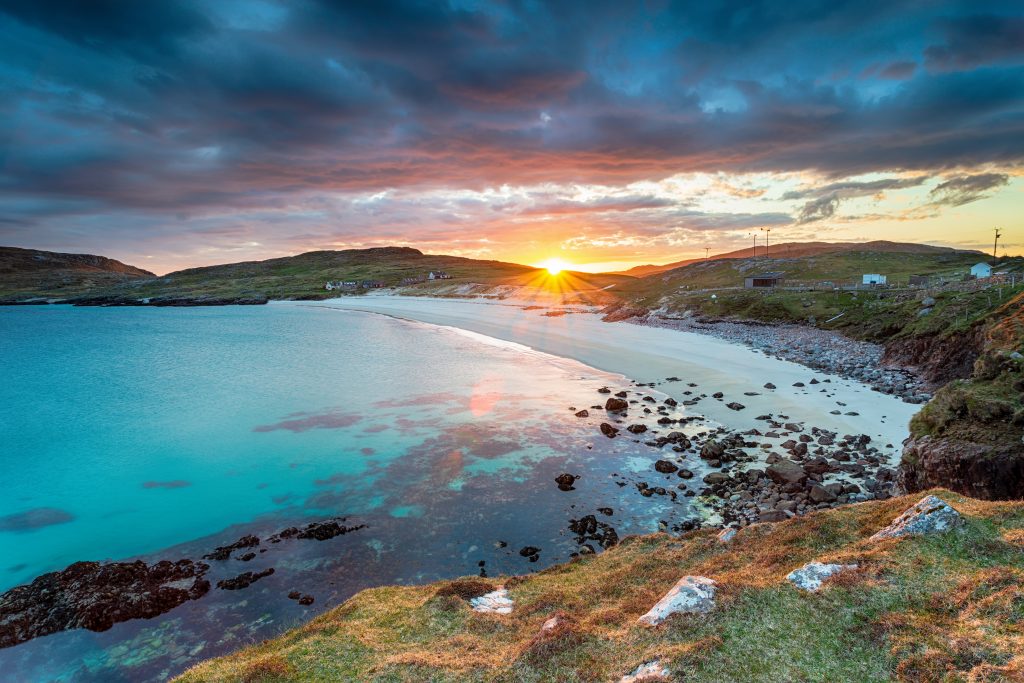High speed digital infrastructure should be made available by 2022 to every domestic property and all business premises across the Outer Hebrides, as details of a local authority’s ‘refreshed’ priorities were made available today.
In response to COVID-19, Western Isles council revealed the outline of its revised corporate strategy, which will focus on connecting islanders to full fibre gigabit, ‘beyond the scope’ of the national R100 broadband programme.
The council – which has a population of 26,800 people spanning the isles of Lewis and Harris, North Uist, Benbecula, South Uist, and Barra – wants digital connectivity to be at the heart of its economic renewal, as it acknowledged the challenges and opportunities of the pandemic to remote communities.
The plan, which is to be considered by councillors on September 30 following a public consultation, stated: “Our vision for this Corporate Strategy is that through partnership and reform we can strengthen the communities and economy of the Outer Hebrides by supporting a strong and socially inclusive recovery that creates empowered, resilient communities, based on a green economy in which digital connectivity and innovation are prioritised.”
The document noted how the economy of the Outer Hebrides has been “severely impacted” by the pandemic, given its large dependence on tourism, food and drink production, aquaculture and fishing, the majority of whom are small businesses and/or self-employed.
However it highlighted opportunities around ‘localism, business diversification, innovation and digitisation’ that will be built upon during a ‘recovery phase’, which has already been exhibited by businesses that have shifted online.
And it could even stand to benefit from inward migration given the number of businesses and workers who have now switched to remote working, if supported by the right transport and digital connectivity – ‘with the islands being perceived as a low risk, clean, attractive relocation opportunity for businesses and individuals’.
The report said: “As we go forward from Resilience to Recovery and Renewal, we anticipate that opportunities may arise, including potential movement of population due to the islands being perceived as a low risk, clean, attractive destination for businesses and individuals; that local supply chains, particularly for food, will be valued more; that more visitors will choose the islands in preference to foreign holidays; and that decentralised health and social services will be an increasingly preferred model. Digital connectivity will now be viewed as absolutely central to the new economy, in which business interaction and working practices will migrate to decentralised digital platforms and transformative growth opportunities will emerge from our world beating Renewable Energy resource.”
